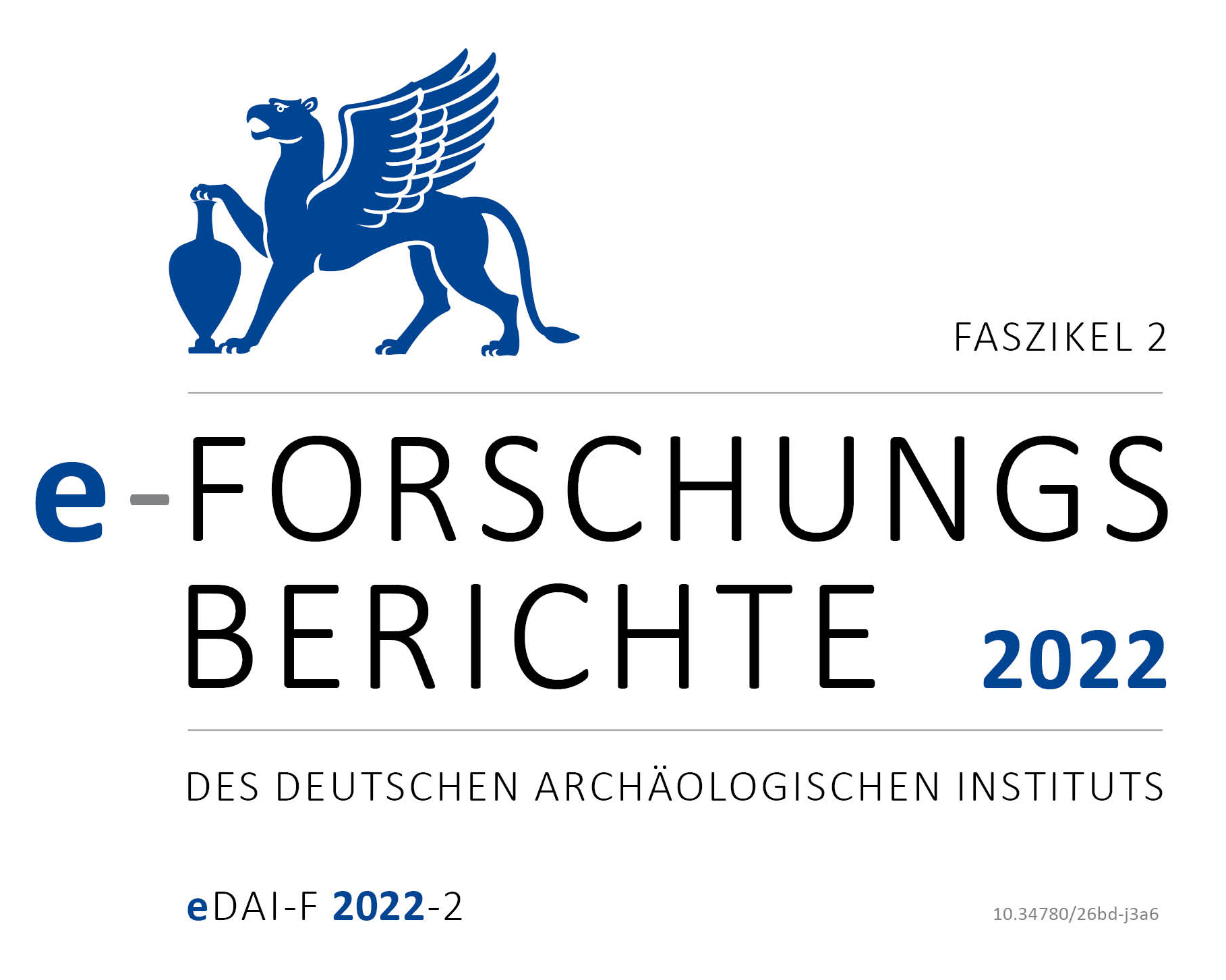Kal-e Chendar/Shami, Iran. Ein ungehobener Schatz hellenistischer Plastik aus der Elymais. Die Arbeiten des Jahres 2021
https://doi.org/10.34780/tead-tf13
Résumé
In 1935 and 1936, an important find complex of Hellenistic and Parthian sculptures was discovered in Kal-e Chendar/Shami, Khuzestan (southwest Iran). These statues, now in the Iranian National Museum in Tehran and the British Museum in London, are now being studied in context for the first time. The project, launched in spring 2021, includes archaeological, art-historical and natural-scientific investigations and will make an important contribution to the understanding of the sanctuary at Kal-e Chendar, to the history of Hellenistic and »Parthian« art, and to the study of ancient large bronzes. This is the report on the findings of the preliminary studies conducted in Tehran in 2015 and 2016 and the studies at the British Museum in 2021.
Mots-clés :
Archäometrie, Bronze, Heiligtümer, Hellenistische Zeit, Herstellungs- und Verarbeitungstechniken, Marmor, parthisch, Statuen, Stil





